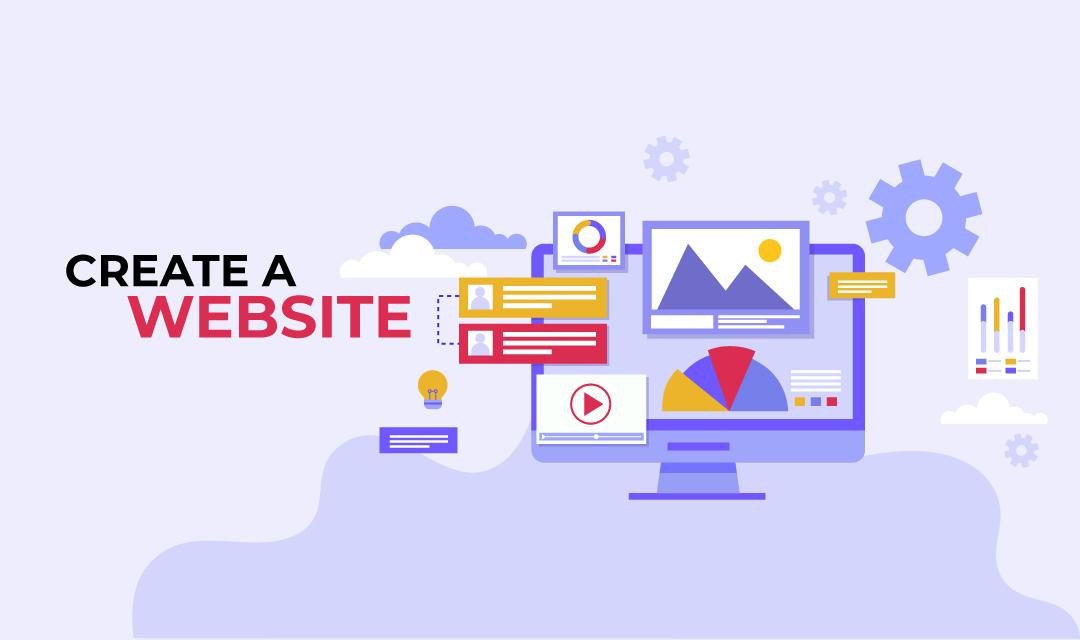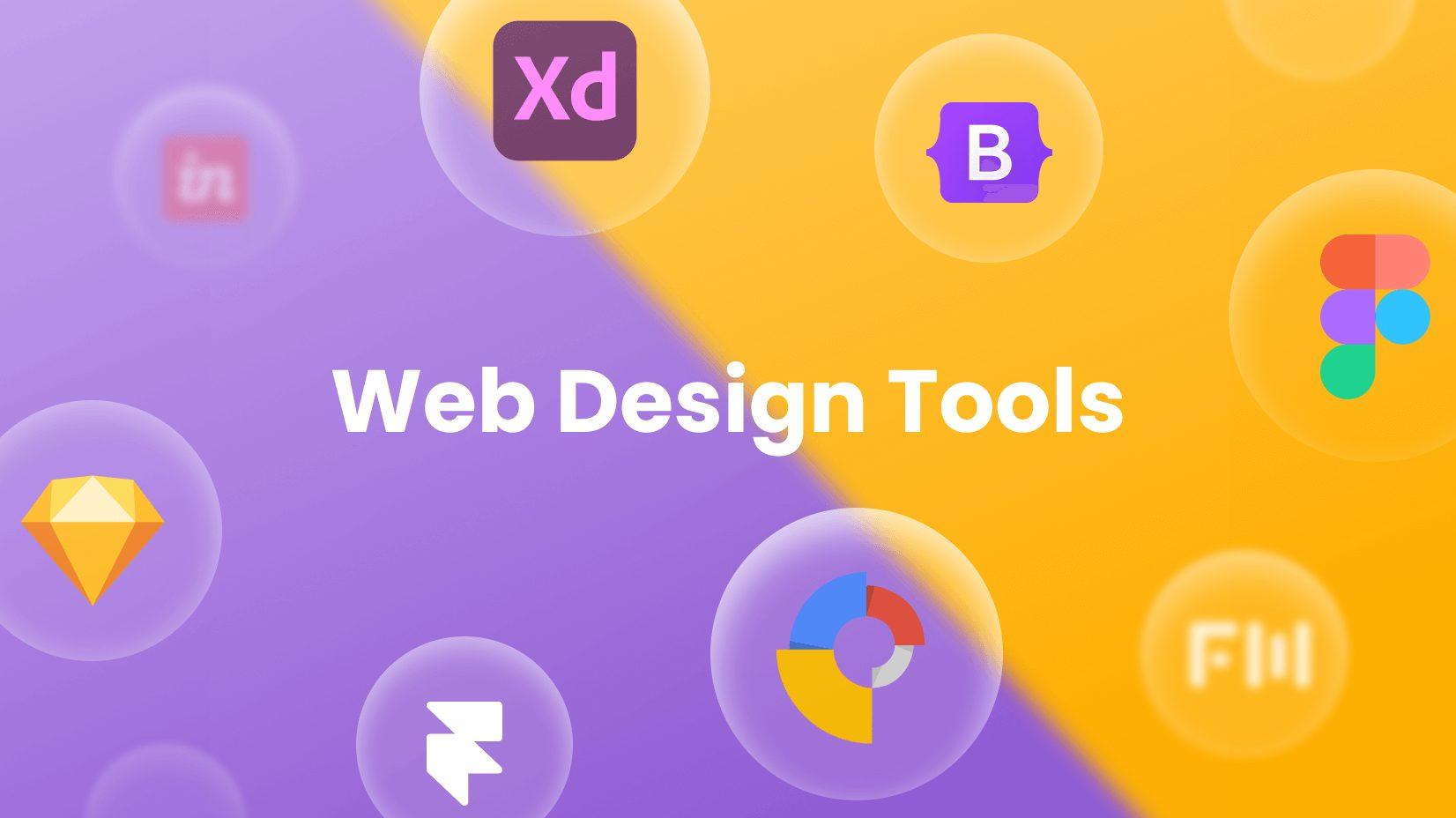Introduction
Hey there! So, you’ve decided it’s time to build your own website but are worried about the costs? Great news! You don’t have to break the bank to create an amazing online presence. whether you’re a budding entrepreneur, a creative artist, or just someone with a passion to share, there are plenty of free tools and resources available to help you design a stunning website without spending a dime.
In this beginner’s guide, we’ll walk you through the entire process, step by step. From choosing the right platform to customizing your design, we’ll cover everything you need to know to launch your site effortlessly. Think of it as your friendly roadmap to the web! So, roll up your sleeves, grab your favorite beverage, and let’s dive into the world of website creation—no wallet required!
Getting Started with Your Free Website Journey
Embarking on your free website journey is both exciting and empowering. the internet is at your fingertips, and with a few simple steps, you can establish your online presence without spending a dime. Here’s how to get started:
Choose the Right Platform
When it comes to creating a free website, selecting the right platform is crucial.Many user-friendly options are available, each with its own features. Here are some popular choices:
- WordPress.com – Perfect for bloggers and businesses alike, offering numerous themes.
- Wix – Known for its drag-and-drop functionality,making design a breeze.
- Weebly – Great for small business sites, featuring built-in e-commerce tools.
- Blogger – Ideal for personal blogs, with straightforward setup and customization.
Customize Your Design
Once you’ve chosen a platform, its time to make it your own. Customizing your website design is a fun way to reflect your personality or brand. Consider the following:
- Select a theme that resonates with your vision.
- Utilize available customization tools to tweak colors, fonts, and layouts.
- Add high-quality images that capture your audience’s attention.
Essential Pages to Include
As you build your website, ensure that it contains essential pages to provide visitors with valuable data. Here’s a quick overview:
| Page | Purpose |
|---|---|
| Home | Welcome visitors and showcase key information. |
| About | Share your story and mission. |
| Contact | Provide ways for visitors to reach you. |
| Blog | Engage with your audience through informative content. |
Publish and Promote
After setting up your website and adding content, it’s time to hit that publish button! But don’t stop there – promoting your site is essential for attracting visitors. Here are some effective strategies:
- Share your website on social media platforms to reach a broader audience.
- Engage in online communities relevant to your niche.
- Consider starting an email newsletter to keep your audience updated.
With these steps, you’re well on your way to launching your very own free website. Dive into the process, enjoy the creativity, and watch your online presence grow!
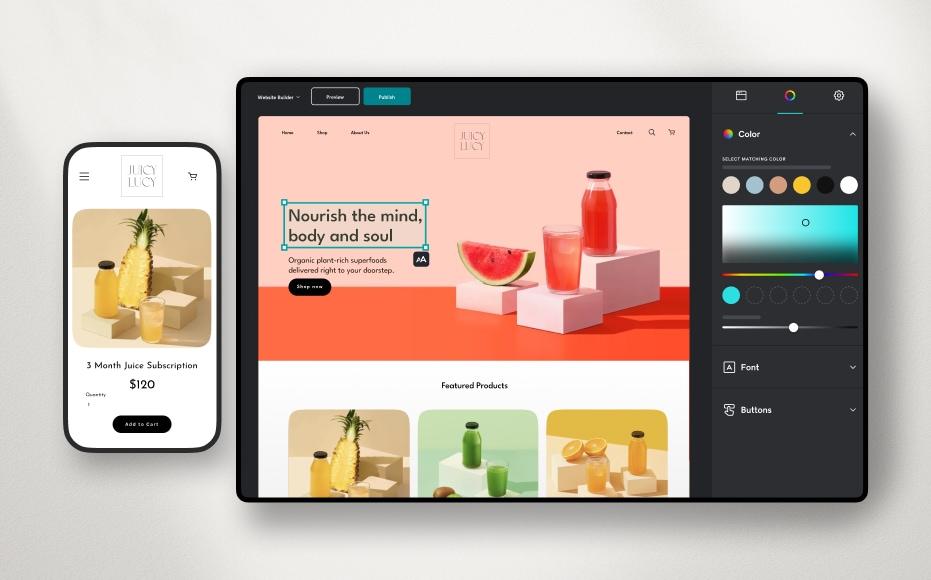
Choosing the Right Free Website Builder for You
When it comes to creating a website without spending a dime, the choice of a website builder is crucial. With so many options available, it’s essential to select a platform that aligns with your needs and skill level. Here are some key factors to consider:
- User-Friendly Interface: Look for a builder that offers a simple drag-and-drop interface. This feature is particularly helpful for beginners who may not be familiar with coding.
- Template Variety: A good website builder should provide a range of customizable templates suitable for different purposes—be it a blog, portfolio, or business site.
- Responsive Design: Ensure that the builder allows you to create websites that are mobile-friendly.With a notable amount of traffic coming from mobile devices, this is a must-have.
- Storage and Bandwidth: Pay attention to the limits on storage and bandwidth. select a builder that offers enough space to grow your content without additional costs.
- SEO Features: Look for built-in SEO tools to help optimize your site for search engines. This will assist in driving organic traffic to your new website.
To help streamline your decision-making, here’s a quick comparison table of some popular free website builders:
| Website Builder | User-Friendly | Free Storage | SEO Tools |
|---|---|---|---|
| wix | Yes | 500 MB | Basic |
| Weebly | Yes | 500 MB | Yes |
| WordPress.com | Moderate | 3 GB | Yes |
| Site123 | Yes | 500 MB | No |
Furthermore, consider the level of support and resources provided by the builder. Access to tutorials, forums, and customer service can be invaluable as you navigate the creation process. Engaging with a community can also provide you with tips and insights from other users, enhancing your learning experience.
Lastly, don’t forget to assess the long-term scalability of the platform.While a free plan may suffice for now, it’s essential to choose a builder that allows you to upgrade easily as your needs grow. Think about the future of your website and whether the builder can handle increased traffic, additional features, or e-commerce capabilities without requiring a complete overhaul.
designing Your Website: Tips for Beginners
Tips for Beginners
Embarking on the journey of website design can be both exciting and overwhelming, especially for beginners. To ease this process, here are some essential tips to help you create a visually appealing and functional website without spending a dime.
1. Choose the Right Platform: Start by selecting a user-friendly website builder that offers free plans. Popular options include:
- WordPress.com
- Wix
- Weebly
- Squarespace (offers a trial period)
Each of these platforms has its unique features, so take some time to explore them and find the one that resonates with your vision.
2. Focus on Your Content: Compelling content is the heart of any website. Plan out what you want to share and ensure your text is engaging. Consider including:
- Blog posts
- Images and videos
- infographics
- Testimonials
Remember, quality trumps quantity. A few well-crafted pages are far better than numerous empty ones.
3. Prioritize User Experience (UX): An intuitive layout enhances user experience. Keep it simple with:
- Clear navigation menus
- Fast-loading pages
- Mobile optimization
Your site should be easy to navigate and visually coherent, allowing visitors to find what they need effortlessly.
4.Utilize Free Resources: Leverage free design resources to elevate your website’s aesthetics. Some invaluable resources include:
| Resource | Description |
|---|---|
| Canva | Create stunning graphics effortlessly. |
| Unsplash | High-quality, royalty-free images. |
| Google Fonts | Access a wide variety of fonts for free. |
These tools can considerably enhance your website’s visual appeal without breaking the bank.
5. Keep Learning: web design is an evolving field; stay updated by following blogs, joining forums, and participating in webinars. Engaging with fellow beginners and experienced designers can provide valuable insights and inspiration. with persistence and creativity, you’ll develop your unique style and voice.
Essential Features Every Free Website Should Have
When venturing into the world of free website creation, it’s crucial to ensure that your site is not onyl functional but also engaging for visitors. Here are some essential features that can significantly enhance the user experience and make your website stand out.
- User-Friendly Navigation: A clear and intuitive navigation structure allows visitors to find what they’re looking for easily. incorporate a menu that categorizes your content logically.
- Responsive Design: With the increasing use of mobile devices, having a responsive design that adapts to different screen sizes is non-negotiable.
- Fast Loading Speed: Users are likely to abandon a site that takes to long to load. optimize images and use efficient coding practices to ensure your site runs smoothly.
- SEO Optimization: Even a free site can benefit from basic SEO practices. Implementing title tags, meta descriptions, and alt attributes for images can help improve visibility in search engines.
- Engaging Content: Quality content is the heart of any website.Regularly update your site with blog posts, videos, or other media that resonate with your audience.
- Contact Information: Make it easy for visitors to reach you. Include a dedicated contact page with an email address, phone number, or a contact form.
Additionally, consider integrating social media links on your site. This allows visitors to connect with you on various platforms,broadening your reach and engagement. You can place social media icons in your header or footer for easy access.
| Feature | Description |
|---|---|
| User-Friendly Navigation | Enables easy access to various sections of the site. |
| Responsive Design | Adapts layout for optimal viewing on all devices. |
| Fast Loading Speed | Ensures a smooth experience for users without delays. |
| SEO Optimization | Improves search engine visibility for greater traffic. |
| Engaging Content | Keeps visitors coming back for more valuable information. |
| Contact Information | Facilitates communication and builds trust with users. |
By incorporating these features into your free website, you create a robust foundation that can help attract and retain visitors. Don’t underestimate the power of a well-thought-out site; it can make a world of difference in achieving your online goals.

Optimizing Your Site for Search engines Without Spending a Dime
When it comes to enhancing your website’s visibility in search results, you don’t need to break the bank. There are numerous effective strategies you can implement that require nothing more than your time and effort. Here are some essential tactics to consider:
- Keyword Research: Identify relevant keywords that potential visitors might use to find content related to your website. Tools like Google Keyword Planner or Ubersuggest can definitely help you discover popular and low-competition keywords.
- On-Page SEO: Optimize your content by incorporating chosen keywords naturally. Focus on headings, meta descriptions, and image alt texts to enhance relevance and accessibility.
- Quality Content: Create engaging, informative, and original content that resonates with your audience.High-quality content encourages visitors to stay longer, reducing bounce rates.
- Internal Linking: Use internal links to connect your content. This not only helps with navigation but also improves the overall SEO of your site by distributing page authority.
- Mobile Optimization: Ensure your website is mobile-friendly,as Google prioritizes mobile-responsive designs in search results. Use free tools like Google’s Mobile-friendly Test to check your site’s performance.
- Social Media Sharing: Leverage your social media platforms to share your website content. This can drive traffic and increase visibility without any financial investment.
Another important aspect of optimizing your site is technical SEO. this includes ensuring your website loads quickly, is secure, and is structured correctly. Here’s a simple checklist:
| Technical SEO Factor | Importance |
|---|---|
| Page Load Speed | Fast-loading pages improve user experience and rankings. |
| Secure Site (HTTPS) | Google favors secure sites, boosting trust and rankings. |
| XML Sitemap | Helps search engines index your site efficiently. |
| Robots.txt File | Guides search engines on which pages to crawl or ignore. |
| Mobile Optimization | critical for ranking well in mobile search results. |
By focusing on these strategies, you can significantly boost your website’s search engine optimization without spending any money. Consistency is key; keep refining your approach and adapting to changes in search engine algorithms. Your efforts will pay off in the form of increased traffic and better visibility in search results, all achieved through your dedication and hard work.
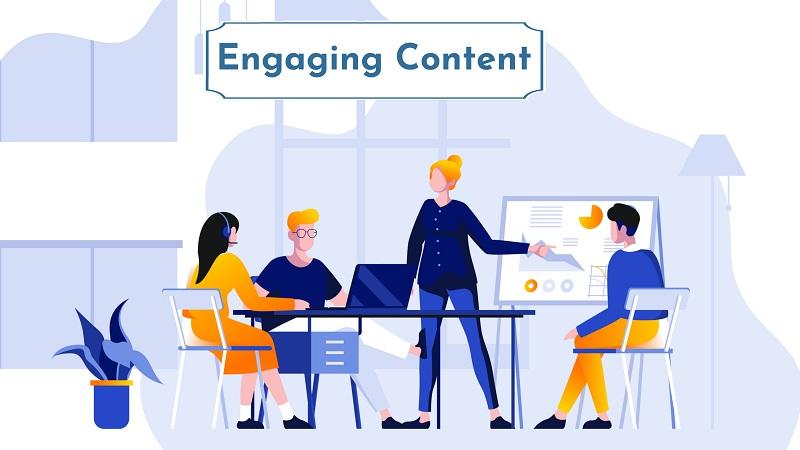
Creating Engaging Content That Draws Visitors In
Creating content that captivates your audience is essential for attracting visitors and keeping them engaged.Here are some tips to ensure your website stands out:
- Know Your Audience: Understanding who your visitors are will help you tailor your content to their interests and needs. Conduct surveys or use analytics tools to gather insights.
- Use Compelling headlines: Your headlines should grab attention and make readers want to click through. Use action verbs and make a promise of value.
- Incorporate visuals: Images, infographics, and videos can enhance your content and make it more digestible. They break up text and provide a visual appeal that keeps visitors on the page longer.
- storytelling: Weave narratives into your content. When you tell a story, you create an emotional connection, making your content more relatable and memorable.
- Encourage Interaction: Include calls-to-action (CTAs) that invite visitors to comment, share, or subscribe.Engaging your audience fosters a sense of community.
Let’s look at a simple comparison of types of content you can create and their effectiveness:
| Content Type | Engagement Level | Examples |
|---|---|---|
| Blog Posts | High | How-to Guides, Listicles |
| Videos | Very High | Tutorials, Vlogs |
| Infographics | moderate | Data Visualization, Tips |
| Podcasts | Increasing | Interviews, Discussions |
Mixing various content types can keep your site fresh and appealing. Regularly update and add new content to maintain visitor interest. Remember, the key is to provide real value that educates, entertains, or solves a problem for your readers.
don’t forget the power of SEO (Search Engine Optimization). Use relevant keywords strategically throughout your content to improve your visibility in search engines. Engage your audience not just with quality content,but also by making it easily discoverable.
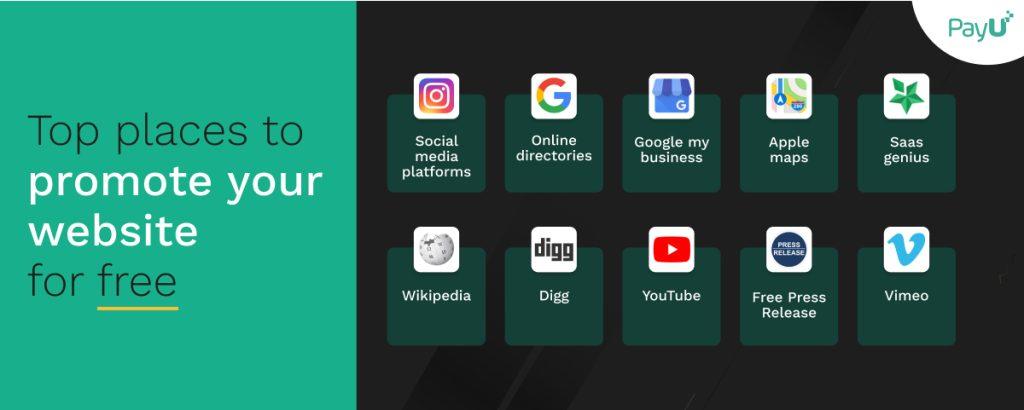
Promoting Your Website on Social Media for Free
Once your website is up and running, it’s time to get the word out! Social media can be a powerful tool for driving traffic to your site, and the best part? You can promote it without spending a dime. Here are some effective strategies to get you started:
- Choose the Right Platforms: Focus on social media platforms that align with your target audience. Whether it’s Facebook, Instagram, Twitter, or linkedin, being in the right place is crucial.
- Create Shareable Content: Share high-quality,engaging,and visually appealing content. Infographics, videos, and captivating images are more likely to be shared, increasing your visibility.
- Utilize Hashtags: Using relevant hashtags can expand your reach beyond your immediate followers. Research trending hashtags in your niche and incorporate them into your posts.
- Engage with Your Audience: Respond to comments and messages promptly. Building relationships can encourage your followers to share your content and promote your website organically.
- Join relevant Groups: participate in Facebook groups or forums related to your niche. Share your expertise and provide value to the community, and gently introduce your website when appropriate.
To maximize your social media efforts, consider creating a content calendar to plan your posts ahead of time.this not only keeps your content organized but also ensures a consistent posting schedule. Here’s a simple example of what your weekly calendar might look like:
| Day | Content Type | Platform |
|---|---|---|
| Monday | Blog Post Share | |
| Tuesday | Engaging Question/ Poll | |
| Wednesday | Behind-the-Scenes Content | |
| Thursday | Infographic | |
| Friday | Live Q&A Session | Facebook/Instagram |
Don’t forget to analyze your performance! Most social media platforms provide insights into how your posts are performing. Pay attention to what types of content generate the most engagement and adjust your strategy accordingly. With persistence and creativity, promoting your website on social media can lead to meaningful growth and increased traffic—all for free!
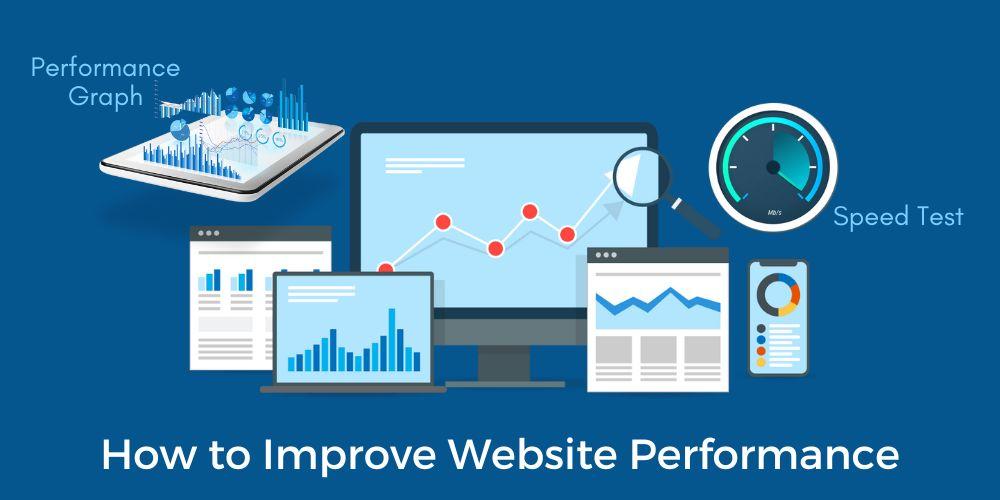
Tracking Your Website’s performance with Free Tools
To truly understand how well your website is performing, leveraging free tools for tracking is essential. These tools provide invaluable insights into your site’s traffic, user behavior, and overall engagement, allowing you to make informed improvements without breaking the bank. Here are some of the best free options at your disposal:
- Google Analytics: this powerhouse allows you to monitor user traffic, bounce rates, and conversion rates. You can set up goals to track specific actions, helping you understand what drives engagement.
- Google Search Console: Perfect for tracking your website’s presence in Google search results.You can identify keywords that bring traffic, monitor indexing status, and detect potential issues.
- Uptime Robot: Keep track of your site’s uptime and performance by setting up alerts.It checks your site every five minutes and notifies you if there are any downtimes.
- GTmetrix: This tool analyzes your site’s speed and performance, providing recommendations to enhance load times and improve user experience.
Utilizing these tools is straightforward. For instance, after setting up Google Analytics, you can access a dashboard that breaks down your traffic sources, user demographics, and even real-time data.This information empowers you to tailor your content and marketing strategies effectively. Don’t just focus on the numbers; pay attention to user interactions and behaviors as well.
| Tool | Key Feature | website |
|---|---|---|
| Google Analytics | User behavior tracking | analytics.google.com |
| Google Search Console | SEO insights | search.google.com |
| Uptime Robot | Website uptime monitoring | uptimerobot.com |
| GTmetrix | Site speed analysis | gtmetrix.com |
Remember, tracking isn’t just about collecting data; it’s about interpreting it to drive action. Regularly reviewing these metrics will help you understand what works and what doesn’t, allowing you to pivot your strategies as needed. With these tools, you are well-equipped to optimize your website for success—all at no cost!
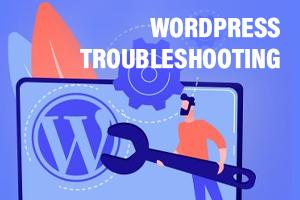
Troubleshooting Common Issues on Your Free Website
Building a website for free can be exhilarating, but encountering issues is a common part of the journey. Whether you’re struggling with slow loading times, design inconsistencies, or functionality hiccups, knowing how to troubleshoot can save you time and frustration. here are some common problems and their solutions to help you get back on track.
1. Slow Loading Times: A sluggish website can turn visitors away. Here’s how to speed things up:
- Optimize Images: Use tools like TinyPNG to compress images without sacrificing quality.
- Minimize Plugins: Too many plugins can cause bloat. Keep only the essential ones.
- Use a Content Delivery Network (CDN): Services like Cloudflare can help cache your site and improve loading speeds.
2. Design inconsistencies: Your website’s design should be coherent across all pages. To resolve issues:
- Check Theme Settings: ensure that your theme settings are consistent across pages.
- Use the Same Fonts: Stick to a couple of fonts for a unified look.
- Preview on Multiple Devices: Make sure your design looks good on both mobile and desktop.
3. Functionality Hiccups: Sometimes, features might not work as intended.If you face this, consider the following:
- Clear Your Cache: Cached data can lead to outdated versions of your website.
- Disable Conflicting Plugins: Temporarily deactivate plugins to identify and resolve conflicts.
- Check Browser Compatibility: Test your site in different browsers to catch issues early.
If you’re still having trouble, don’t hesitate to reach out to community forums or support channels related to your website builder. The collective knowledge can often provide solutions you might not have considered. Remember, every problem has a solution, and with a bit of persistence, you’ll have your free website running smoothly in no time!

Taking Your Free Website to the Next Level When You’re Ready
Once you feel cozy with your free website, it’s time to consider enhancements that can make it stand out even more. As you grow, so should your online presence. Here are some strategies to elevate your site:
- Upgrade Your Domain: While free website builders often provide a subdomain, investing in a custom domain can enhance your credibility. A domain like yourname.com looks far more professional than yourname.freebuilder.com.
- Invest in Premium Features: Explore premium plans offered by your website builder. These may include advanced customization options, removal of ads, and additional storage.
- Optimize for SEO: Implementing basic SEO practices can significantly increase your site’s visibility. Focus on keywords relevant to your niche, use meta tags, and create quality content that engages your audience.
- Enhance Design and User Experience: A visually appealing website keeps visitors engaged. Experiment with themes, layouts, and colors that resonate with your brand.
- Add E-commerce Capabilities: If you’re looking to sell products or services, consider integrating e-commerce features. This can turn your hobby into a profitable venture.
To help you visualize these upgrades, here’s a simple comparison of features to consider when moving from a free plan to a premium plan:
| Feature | Free Plan | Premium Plan |
|---|---|---|
| Custom Domain | No | Yes |
| Storage Space | Limited | Unlimited |
| Ads Display | Yes | No |
| Customer Support | Basic | 24/7 priority |
| SEO tools | No | Yes |
As you embark on these upgrades, continually monitor your analytics to see what resonates with your users. Use this data to fine-tune your approach, ensuring that every enhancement aligns with your audience’s needs and preferences.
don’t hesitate to seek inspiration from successful websites in your niche. Analyze their layouts, functionality, and content strategies. Emulating elements that work well while infusing your unique personality can set you on the path to success.
Frequently Asked Questions (FAQ)
Q: Is it really possible to create a website for free?
A: Absolutely! There are numerous platforms that allow you to build a website without spending a dime. While they may have some limitations, they offer fantastic tools and templates to get you started.
Q: what is the first step in creating a free website?
A: The first step is to choose a website builder. Popular options like WordPress.com, Wix, and Weebly offer user-friendly interfaces that make it easy for beginners to create a stunning website without any coding knowledge.
Q: Do I need to know how to code to create a website?
A: Not at all! Many free website builders are designed with drag-and-drop features, making it simple to customize your site.You can easily add text, images, and other elements without touching a single line of code.
Q: Are there any hidden costs I should be aware of?
A: While the basic features are free, some platforms might offer premium options for a fee, such as custom domains or additional storage. However, you can certainly create a fully functional website without ever needing to pay.
Q: Can I use my own domain name for a free website?
A: Most free website builders will provide you with a subdomain (like yoursite.builder.com).If you want your own domain name (like yoursite.com),you may need to opt for a paid plan. However, there are ways to get a free domain for the first year through certain hosting providers.
Q: What can I create a free website for?
A: The possibilities are endless! You can create a personal blog, a portfolio to showcase your work, a small business site, or even an online store. It all depends on your interests and needs.
Q: How long does it take to set up a free website?
A: You can have a basic website up and running in as little as a few hours! The time may vary depending on how complex you want your site to be, but most platforms are designed for quick setup.
Q: What if I encounter problems while building my website?
A: No worries! Most website builders have extensive help centers filled with tutorials and FAQs.Additionally,many have community forums where you can ask questions and get support from other users.
Q: Will my free website look professional?
A: Definitely! Many website builders offer sleek,modern templates designed by professionals. With some customization, you can make your site look polished and appealing to visitors.
Q: Can I switch to a paid plan later?
A: Yes! If you start with a free website and later decide you want more features or a custom domain, you can easily upgrade to a paid plan.Many users begin for free and evolve their websites as their needs grow.
Q: Why should I start creating a website today?
A: There’s no time like the present! Creating a website not only helps you share your ideas or business with the world, but it also allows you to learn valuable skills. Plus, you never know where this journey might take you—start now and let your creativity shine!
Concluding Remarks
And there you have it! Creating a website for free is not only possible but also incredibly empowering. Whether you’re looking to showcase your portfolio, start a blog, or launch a small business, the tools and platforms available today make it easier than ever.
Remember, the journey doesn’t end once you hit “publish.” Keep learning, experimenting, and growing your online presence. Dive into the world of web design, explore various features, and don’t hesitate to reach out to the community for support.
So, what are you waiting for? Grab your ideas and start building your website today! With a little creativity and a lot of enthusiasm, you’ll be amazed at what you can achieve without spending a dime. Happy building!

